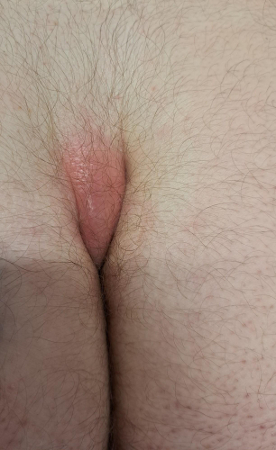Summary
Definition
History and exam
Key diagnostic factors
- sacrococcygeal discharge
- sacrococcygeal pain and swelling
- sacrococcygeal sinus tracts
Other diagnostic factors
- at risk demographic (male, age 15 to 45 years, hirsutism)
- modifiable risk factors (prolonged sitting, perineal hygiene)
- history of prior rupture of fluid into natal cleft
- skin maceration
- acutely increased natal cleft pain and swelling
- fever
Risk factors
- male sex
- age 15 to 45 years
- prolonged sitting
- hirsutism
- frequency of bathing
- overweight
- family history of pilonidal disease
Diagnostic tests
Treatment algorithm
Contributors
Authors
Brandon C. Chapman, MD, MS
AdventHealth
Parker Adventist Hospital & Castle Rock Adventist Hospital
CO
Disclosures
BCC declares that he has no competing interests.
Acknowledgements
Dr Brandon C. Chapman would like to gratefully acknowledge Mr Iain J.D. McCallum and Dr Seamus Kelly, both previous contributors to this topic. IJDM and SK declare that they have no competing interests.
Peer reviewers
Maher A. Abbas, MD, FACS, FASCRS
Assistant Clinical Professor of Surgery
UCLA
Chief of Colon and Rectal Surgery Chair
Center for Minimally Invasive Surgery Kaiser Permanente
Los Angeles
CA
Disclosures
MAA declares that he has no competing interests.
Angus J.M. Watson, FRCS (Ed)
Consultant Colorectal Surgeon
Clinical Manager of General Surgery and ETC
Department of Surgery
Manchester Royal Infirmary
Manchester
UK
Disclosures
AJMW is an author of a reference cited in this monograph.
Use of this content is subject to our disclaimer
